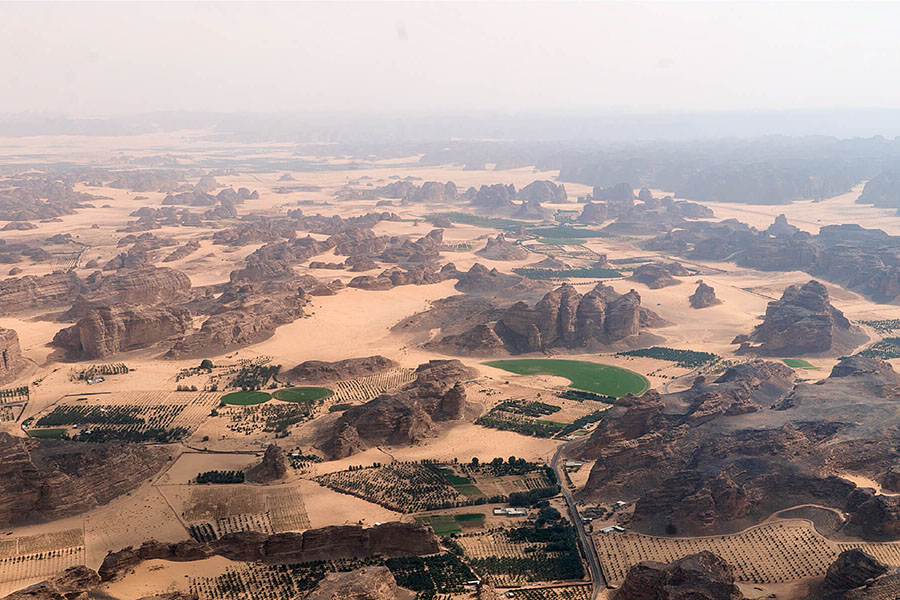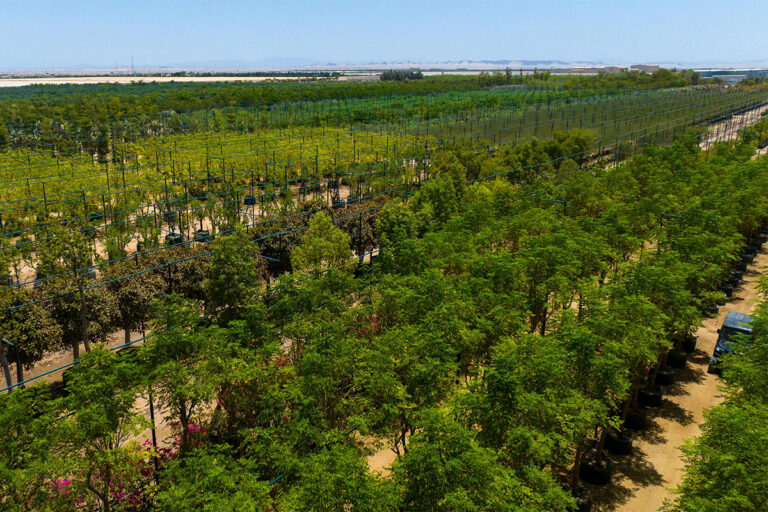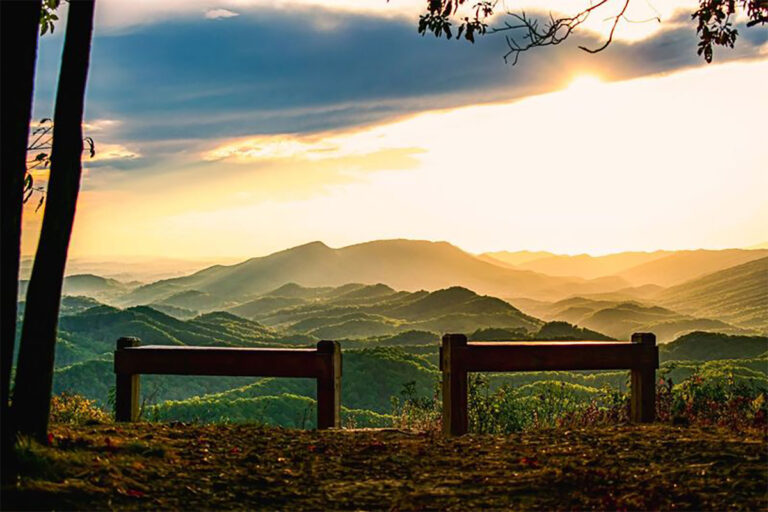
From the caravans and camels of the ancient incense trade to the early pilgrims and the adventurers and explorers of more recent centuries, the rugged terrain and fertile oases of north-western Arabia have a rich tradition of hosting travelers from far and wide.
In this new phase of its story, AlUla is preparing to welcome a new generation of visitors from around the world, as the Royal Commission for AlUla (RCU) embarks on a long-term plan to transform the region into one of the Middle East’s—and the world’s—most important archaeological and cultural destinations.
Working with the local community and international experts in heritage conservation and master planning, RCU aims to develop the required infrastructure and visitor facilities while protecting AlUla’s natural beauty and preserving its ancient and historic sites.
“We are creating a spectacular resort inspired by heritage and nature.”
Amr AlMadani, CEO, Royal Commission for AlUla
AlUla’s planned development is likely to attract investments between $16 and $20 billion over the next 16 years, and eventually lure two million visitors per year.
With its master plan nearly complete, the commission has begun talks with a range of international and regional investors and will soon accelerate the launch of international tenders for the development of hotels, transport facilities and cultural experiences.

The commission has already selected Jean Nouvel, the celebrated French architect of the Louvre Abu Dhabi, to design a visionary resort deep inside the Sharaan Nature Reserve. It will include residential villas, restaurants and a luxury spa all in support of a spectacular summit center, where business leaders and luminaries from around the world will be able to connect with a truly unique combination of heritage, nature and art.
As the pace of development speeds up, so will the opportunities for investment in the region. And so the mysterious shared history of AlUla, preserved through millennia in this ancient landscape, will be brought to life for future
generations![]()
As published in Fortune magazine









